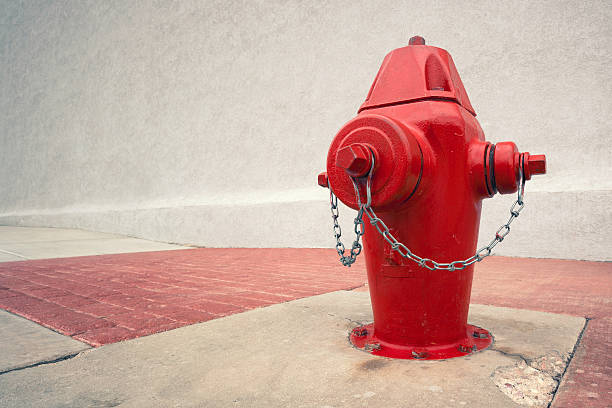
Fire hydrants are essential infrastructures that play a vital role in protecting public safety. Firefighters use them to access the water supply needed to extinguish fires in an emergency. However, fire hydrants require proper maintenance to ensure their longevity and functionality, no matter the Fire Hydrant Wet Barrel Type.
This blog post will discuss tips and best practices for maintaining your fire hydrant barrel.
Regular Inspections:
It is crucial to inspect your fire hydrant barrel regularly. First, examine the hydrant barrel for any signs of leaks, rust, or damage. Next, check for debris or obstructions that could block the water flow. Regular inspections will help identify any potential problems early on and prevent them from becoming more significant.
Cleanliness:
It is also essential to keep your fire hydrant barrel clean. Dirt, debris, and other contaminants can enter the barrel and clog the pipes, making it difficult for firefighters to access the water supply. Routine cleaning will help stop this from happening.
Lubrication:
Lubrication is another vital aspect of maintaining your fire hydrant barrel. Lubricate the barrel’s valve stem, operating nut, and other moving parts to ensure smooth operation. In addition, it will make it more manageable for firefighters to operate the hydrant during an emergency.
Proper Storage:
Proper storage is essential when it comes to maintaining your fire hydrant barrel. Ensure the Dry Barrel Hydrant is stored in a dry and secure location. Protect it from extreme weather conditions, such as freezing temperatures, which can damage the hydrant’s internal components.
Paint the Hydrant:
Painting your fire hydrant barrel is not just for aesthetic purposes; it also helps protect it from corrosion. A fresh coat of paint will help protect the hydrant from the elements and ensure it remains functional for years.
Annual Testing:
Annual testing of your fire hydrant barrel is essential. It will help identify problems with the hydrant’s flow or pressure and ensure it functions correctly. Annual testing will also help firefighters become familiar with the hydrant’s location and operation, making it easier to access during an emergency.
In conclusion, correctly maintaining your fire hydrant barrel is essential for its longevity and functionality. Regular inspections, cleanliness, lubrication, proper storage, painting, and annual testing are critical to maintaining your fire hydrant barrel. By following these tips and best practices, you can ensure that your fire hydrant barrel remains functional for many years, helping protect public safety in an emergency.
Therefore, if you need a Fire Hydrant Dry Barrel Type or a wet barrel type, contact Sensor Tech today!





